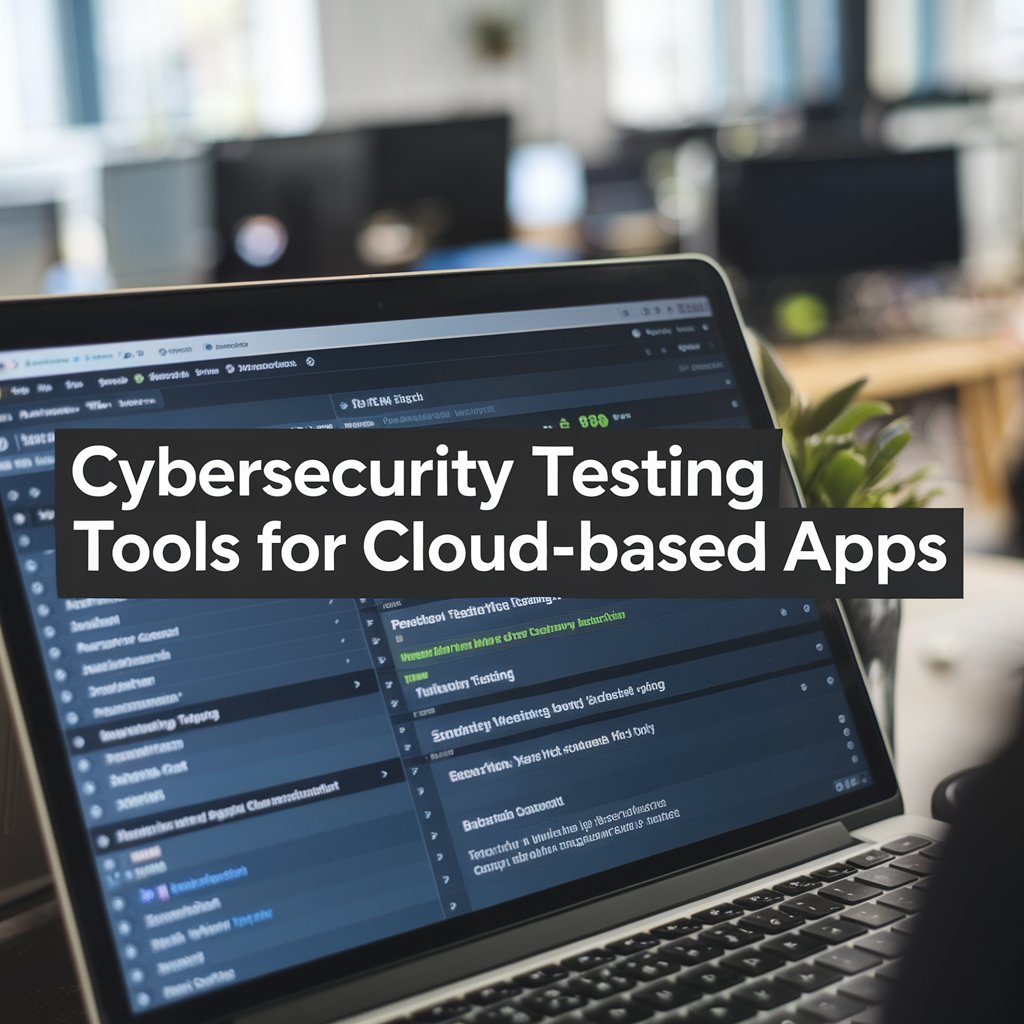UA
5 Min Read
This post will explore essential cybersecurity testing tools for cloud-based applications, guiding you through the various types of tools and how they can strengthen your security posture.
Why Cybersecurity Testing for Cloud Apps is Critical
Before diving into the tools, let’s understand why security testing is paramount for cloud applications:
Shared Responsibility Model: Cloud security is a shared responsibility between the provider and the user, requiring proactive testing by both.
Dynamic Environments: Cloud environments are constantly changing, requiring ongoing testing to identify new vulnerabilities.
Complex Architectures: Cloud applications often involve complex architectures with various microservices and APIs, creating multiple attack surfaces.
Data Security Risks: Cloud applications handle sensitive data that must be protected from unauthorized access and breaches.
Compliance Requirements: Cloud applications often need to comply with regulations like GDPR, HIPAA, and SOC 2.
Evolving Threat Landscape: The constant evolution of cyber threats necessitates continuous and thorough testing.
Essential Cybersecurity Testing Tools for Cloud-Based Apps
Here are key testing tools that should be integrated into your cloud app security strategy:
Static Application Security Testing (SAST):
What it is: SAST tools analyze the source code of your application to identify potential vulnerabilities, such as SQL injection, cross-site scripting (XSS), and insecure configurations.
How it helps: Detects security flaws early in the development lifecycle, when they are easier and cheaper to fix.
Examples: SonarQube, Checkmarx, Veracode.
Best Practices: Integrate SAST tools into your CI/CD pipeline, regularly scan code changes, and train developers to address findings.
Dynamic Application Security Testing (DAST):
What it is: DAST tools simulate attacks on your running cloud application to identify runtime vulnerabilities that may not be apparent in source code.
How it helps: Finds issues like authentication flaws, session management vulnerabilities, and API security problems.
Examples: OWASP ZAP, Burp Suite, Acunetix.
Best Practices: Regularly scan the application, simulate different user roles and input values, and properly configure the tools to avoid false positives.
Interactive Application Security Testing (IAST):
What it is: IAST combines elements of SAST and DAST by analyzing application behavior while it's being tested, providing real-time feedback.
How it helps: Offers more accurate and context-aware vulnerability identification by seeing how the code is executed.
Examples: Contrast Security, HCL AppScan.
Best Practices: Integrate IAST into your testing environment, run it alongside SAST and DAST, and regularly analyze the results.
Software Composition Analysis (SCA):
What it is: SCA tools analyze third-party libraries and dependencies used in your cloud application to identify known vulnerabilities and license issues.
How it helps: Protects against security flaws introduced through vulnerable components and manages potential legal risks.
Examples: Snyk, Black Duck, WhiteSource.
Best Practices: Scan dependencies regularly, use up-to-date libraries, and establish a process for addressing reported vulnerabilities.
Cloud Security Posture Management (CSPM):
What it is: CSPM tools monitor cloud environments to identify misconfigurations and compliance violations.
How it helps: Ensures that your cloud resources are properly configured and secured, reduces the risk of accidental exposure or misconfigurations.
Examples: AWS Security Hub, Azure Security Center, Google Cloud Security Command Center.
Best Practices: Continuously monitor cloud resources, implement automated remediation of misconfigurations, and use templates to enforce consistent configurations.
Cloud Infrastructure Security Testing Tools:
What it is: These tools are used to test the security of your cloud infrastructure, including virtual machines, containers, and serverless functions.
How it helps: Identifies weaknesses in your cloud infrastructure, helping you to implement necessary security measures.
Examples: Aqua Security, Twistlock, Qualys Cloud Platform.
Best Practices: Regularly scan your cloud infrastructure for vulnerabilities, implement strong access controls, and ensure that containers are securely configured.
API Security Testing Tools:
What it is: These tools specifically test APIs for vulnerabilities, including authentication flaws, authorization issues, and input validation problems.
How it helps: Protects your APIs from unauthorized access, data leaks, and denial-of-service attacks.
Examples: Postman, SoapUI, API Fortress.
Best Practices: Implement strong authentication and authorization for APIs, validate inputs and outputs, and use rate limiting to prevent abuse.
Container Security Tools:
What it is: These tools are designed for containerized applications, scanning images for vulnerabilities, enforcing security policies, and monitoring container runtime behavior.
How it helps: Protects containerized workloads from security threats and ensures that containers are securely configured.
Examples: Docker Bench for Security, Anchore, Sysdig Secure.
Best Practices: Scan container images regularly, use minimal base images, and implement runtime security.
Penetration Testing Tools:
What it is: Tools used by security professionals to simulate real-world attacks on your cloud application to uncover vulnerabilities.
How it helps: Finds flaws that automated testing tools may miss and provides a real-world perspective on your security posture.
Examples: Metasploit, Burp Suite, Kali Linux.
Best Practices: Regularly conduct penetration testing by qualified professionals, test different attack scenarios, and fix identified vulnerabilities promptly.
Security Information and Event Management (SIEM) Systems:
What it is: SIEM systems collect and analyze security logs from various sources to identify security incidents.
How it helps: Provides real-time threat detection, monitoring of security events, and incident response capabilities.
Examples: Splunk, IBM QRadar, Microsoft Sentinel.
Best Practices: Integrate your SIEM with your cloud infrastructure and applications, customize dashboards and alerts, and regularly analyze security logs.
Integrating Security Testing Tools
Shift Left: Integrate security tools into the software development lifecycle (SDLC) as early as possible.
Automate Testing: Automate security testing processes where possible to ensure continuous security assessments.
CI/CD Integration: Integrate security tools into your continuous integration and continuous deployment pipelines.
Regular Training: Train your development and security teams on how to use security testing tools effectively. audit3aa
Join our newsletter list
Sign up to get the most recent blog articles in your email every week.
You can copy our materials only after making sure that your services are safe.
This site is protected by reCAPTCHA and the Google Privacy Policy and Terms of Service apply.










